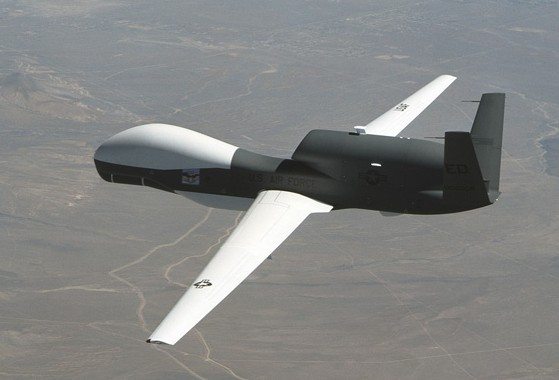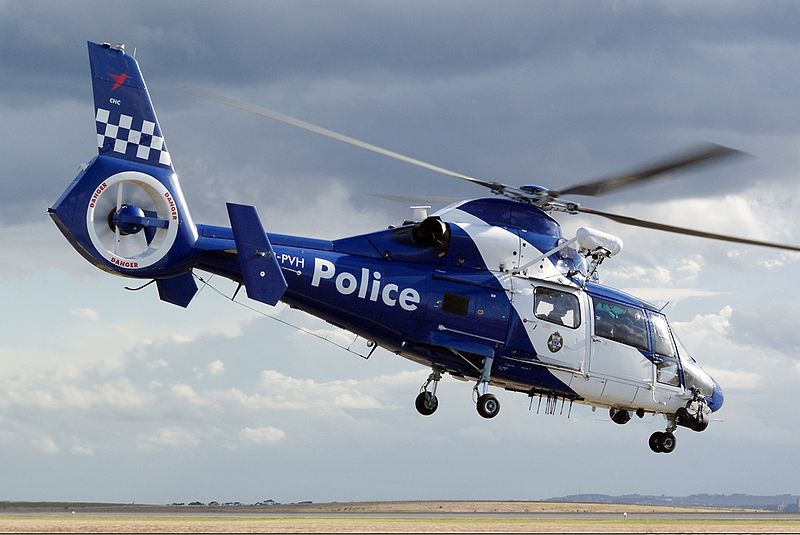Pulling the plug on Germany’s Euro Hawk project won’t have consequences for NATO’s surveillance program using “Global Hawk” models. But critics argue a joint European drone project would have been better.
The canceled German Euro Hawk drone project will most likely not have consequences on a similar project by NATO. The alliance plans to use five drones of the Global Hawk Block 40 type for its “Alliance Ground Surveillance” (AGS) system.
According to NATO, plans will not be affected by the German decision. The Global Hawk drone built by US company Northrop Grumman is basically the version the system’s based on – the Euro Hawk drone Germany ordered is a modified version of the Global Hawk 20 model, an earlier version of the Global Hawk 40 which NATO now plans to use.
Exact images from far away
At the May 2012 summit in Chicago, the allies had agreed on aquiring unarmed surveillance drones. They are scheduled to be used by 2017 and to be stationed in Sicily. Estimates put the cost for the five drones at around 1 billion euros ($1.3 billion).
Fourteen NATO states are involved: Bulgaria, Germany, Denmark, Estonia, Italy, Latvia, Lithuania, Luxembourg, Norway, Romania, Slovakia, Slovenia, the Czech Republic and the US. The Global Hawk drone could fly as high as 20 kilometers (12 miles) and is able to take clear pictures of the ground even from such heights – precise enough to still spot individuals.
No European project?
The NATO project is going to continue despite the German decision to halt its program. But the situation in Germany has been met with criticism in Brussels. Michael Gahler, security spokesman of the conservative European People’s Party (EPP) in the EU parliament, told DW that Germany should rather have pushed for a European solution than trying to go it alone.
After all, European countries were facing the same security threats, and every state had too little money to develop a system on its own.
“Such projects are very good examples of how such things can be done in a joint effort – especially when something new is being developed. I hope that everybody will learn from that mistake,” he said.
Gahler believes a European project would have made more sense from an economic perspective as well.
“You can’t see this simply as a military issue. Those drones are first and foremost not a means of fighting.” In about 90 percent of the cases, they would “be used in a civilian manner for surveillance,” for instance in agriculture or forestry in order to spot pollution or fires. With that many areas of use, “it really makes sense to bundle civilian and military resources.”
Northrop Grumman dismisses criticism
The US company producing the drones has come forward to defend itself against German complaints. Berlin had criticized an allegedly missing feature to avoid collisions and lacking documentation needed for getting the drones approved for European airspace.
A Northrop Grumman spokesperson told German weekly “Die Zeit” that Germany had in fact never specified what kind of papers were needed for approval and that it was only a prototype that operated without collision protection. That feature would have been implemented in the four other drones Germany had ordered, the company said.











